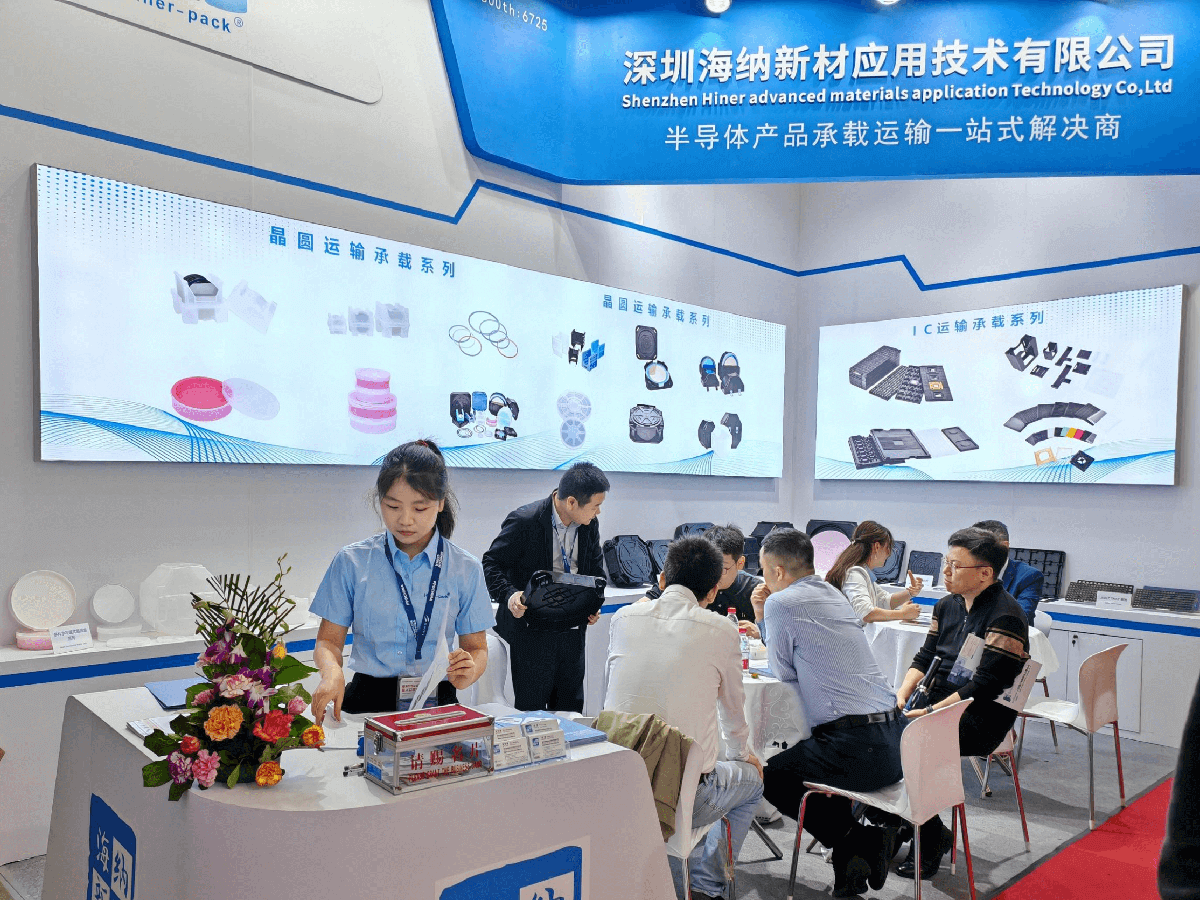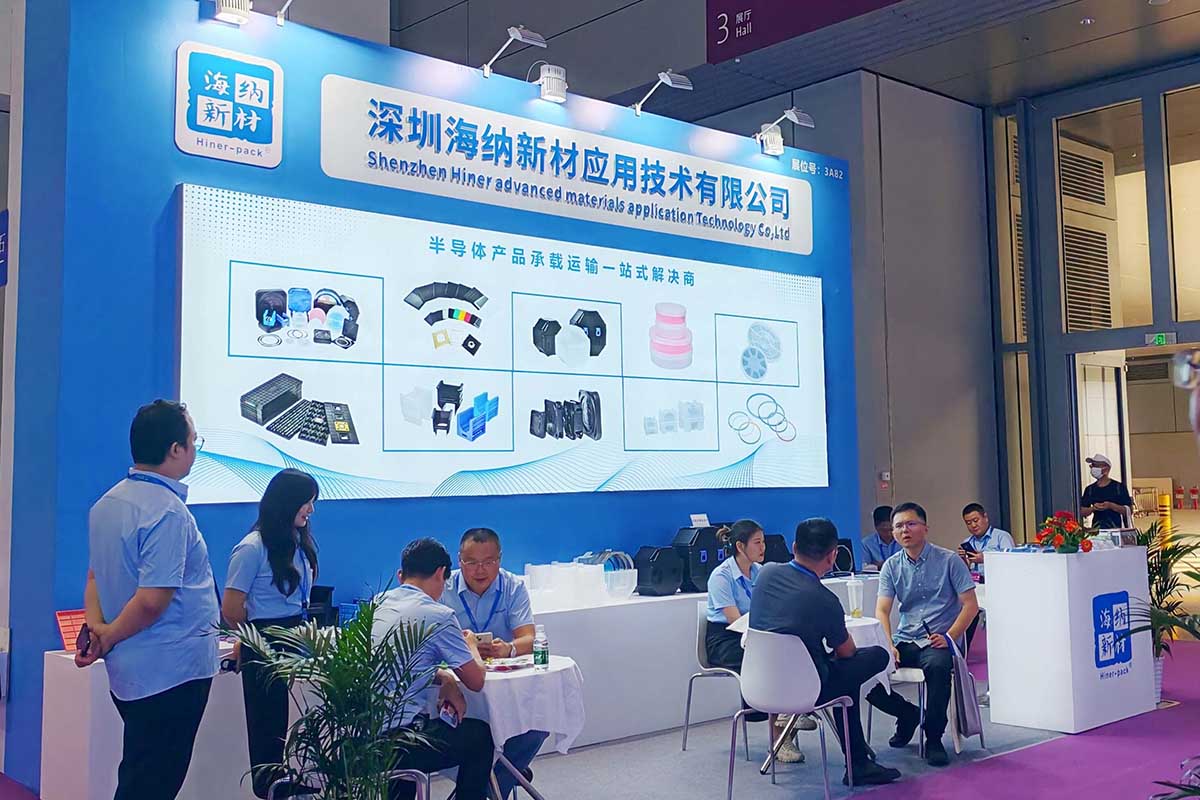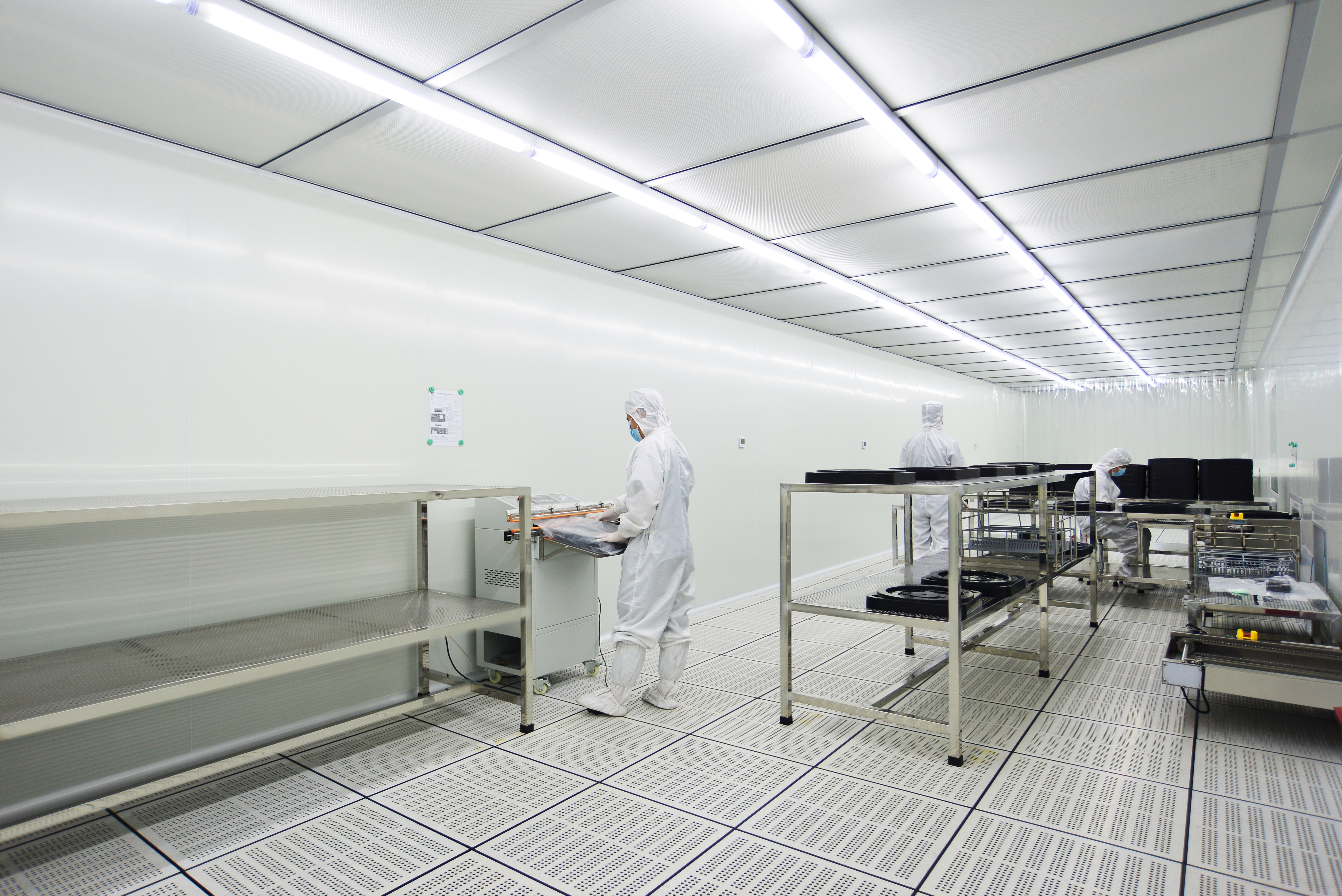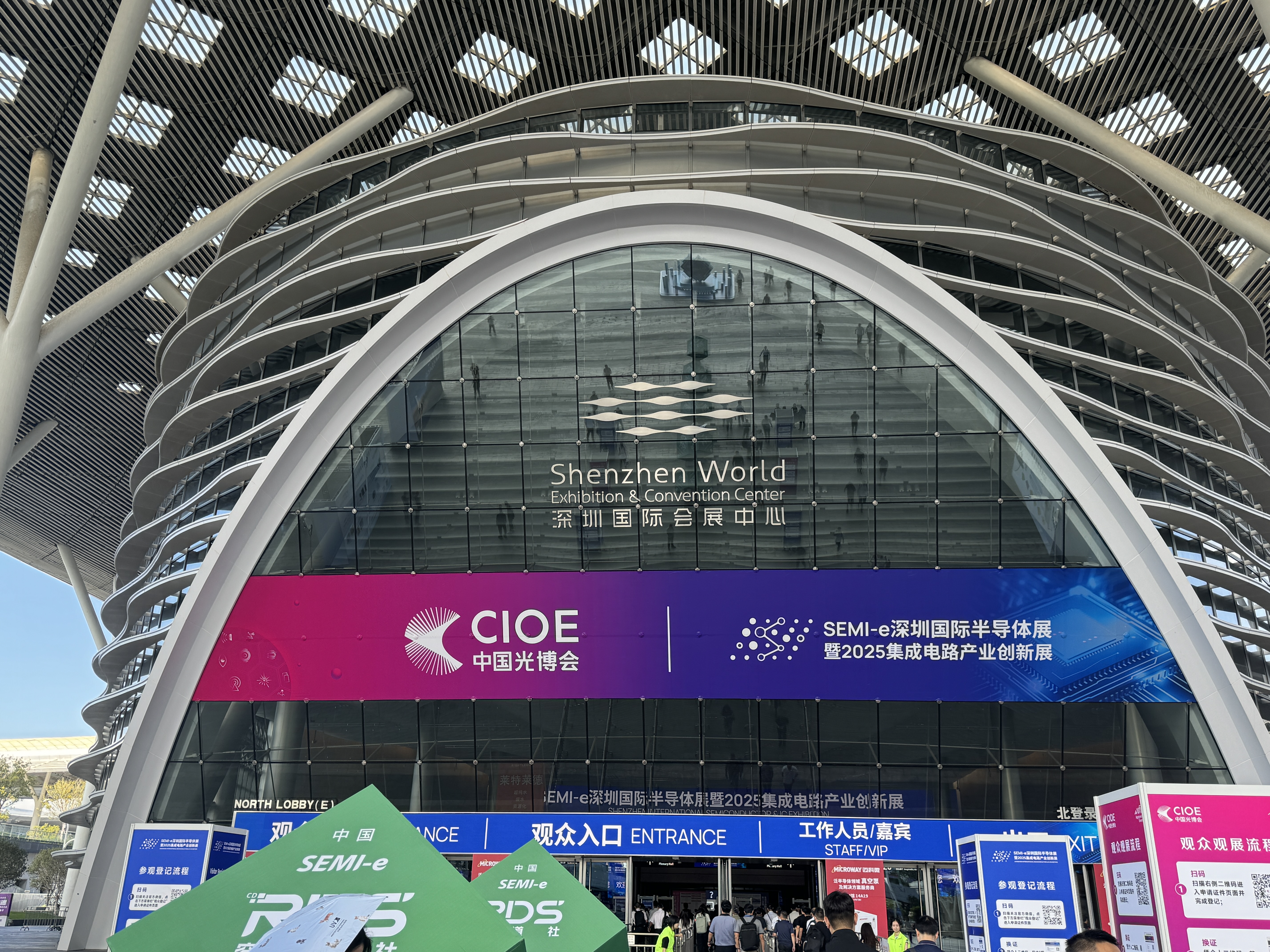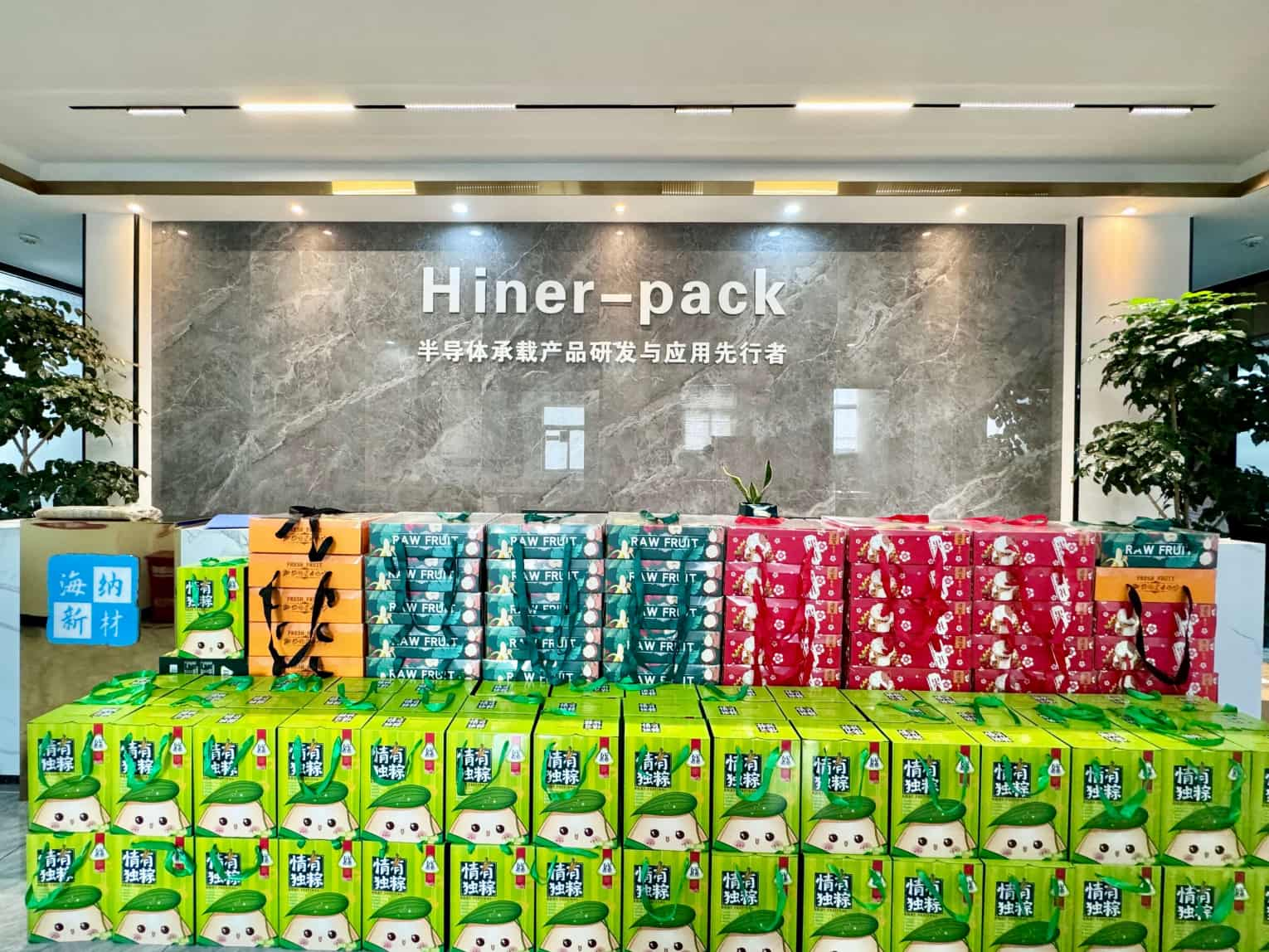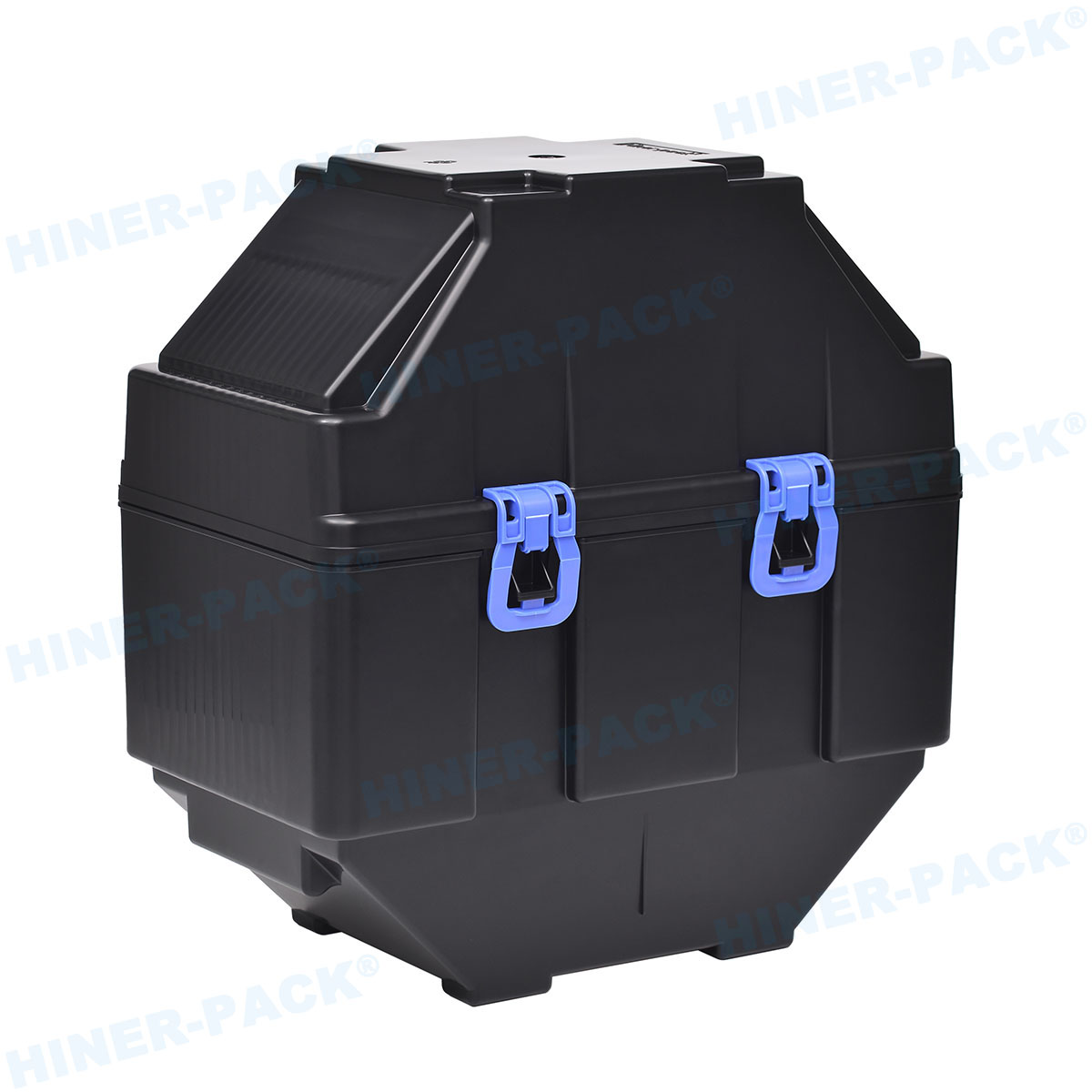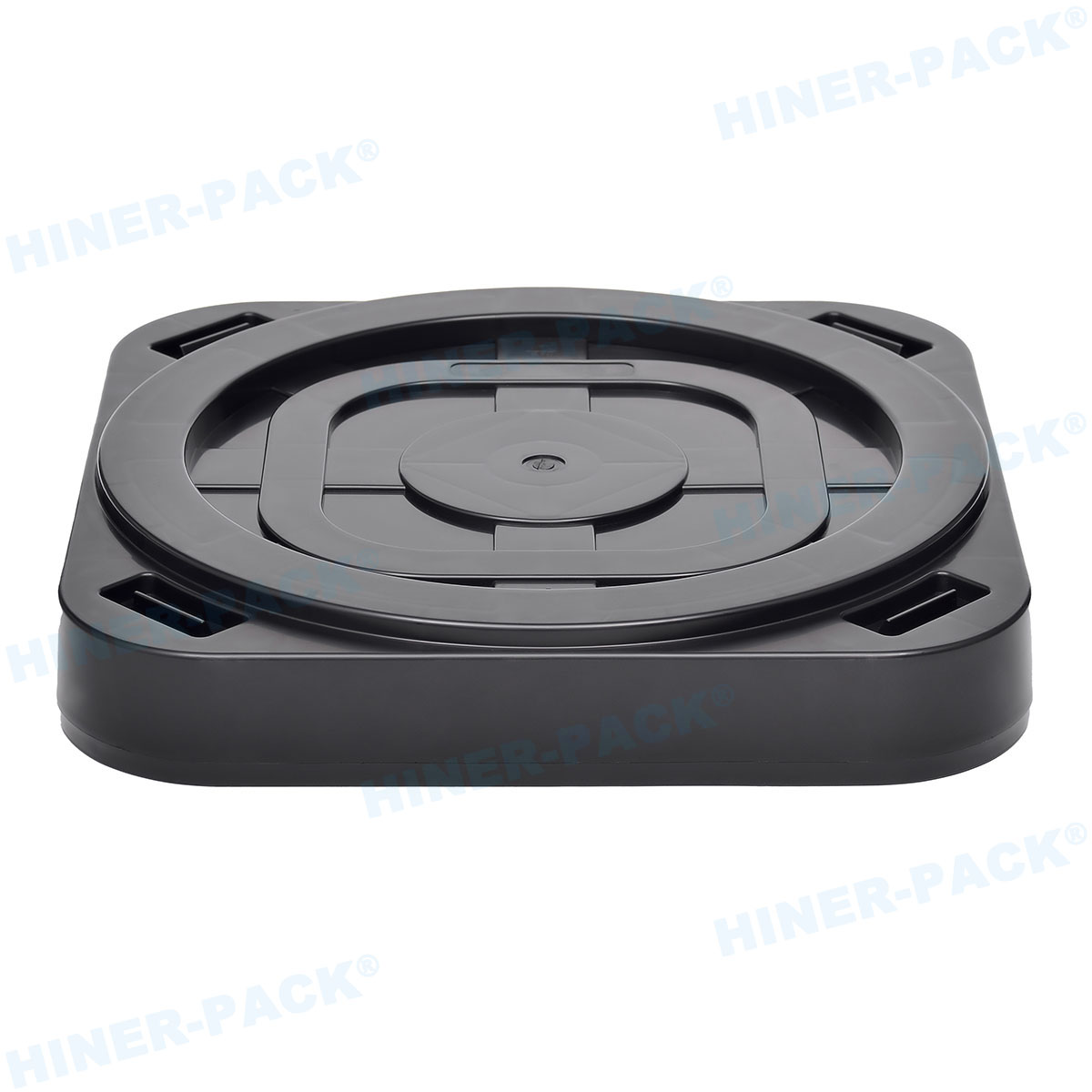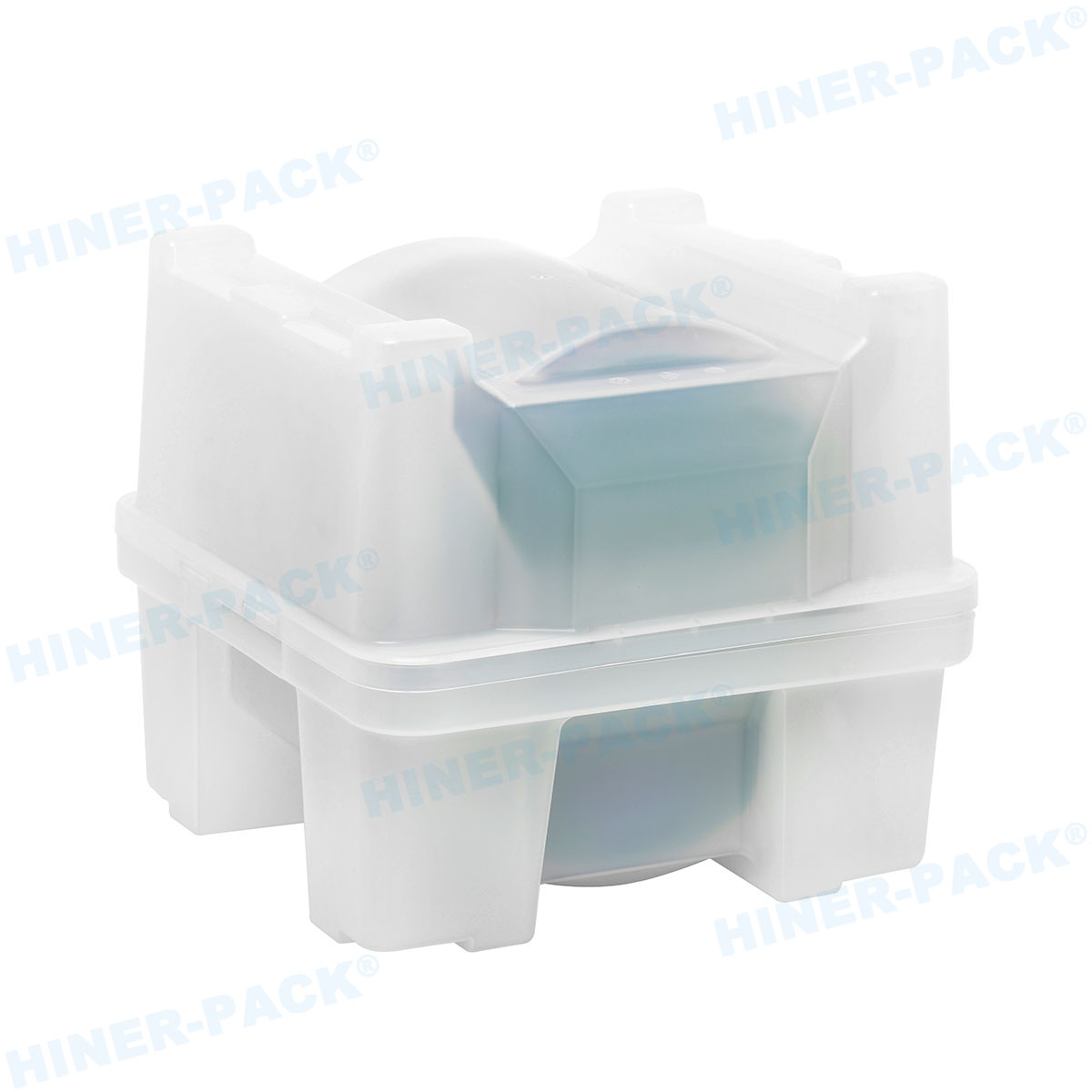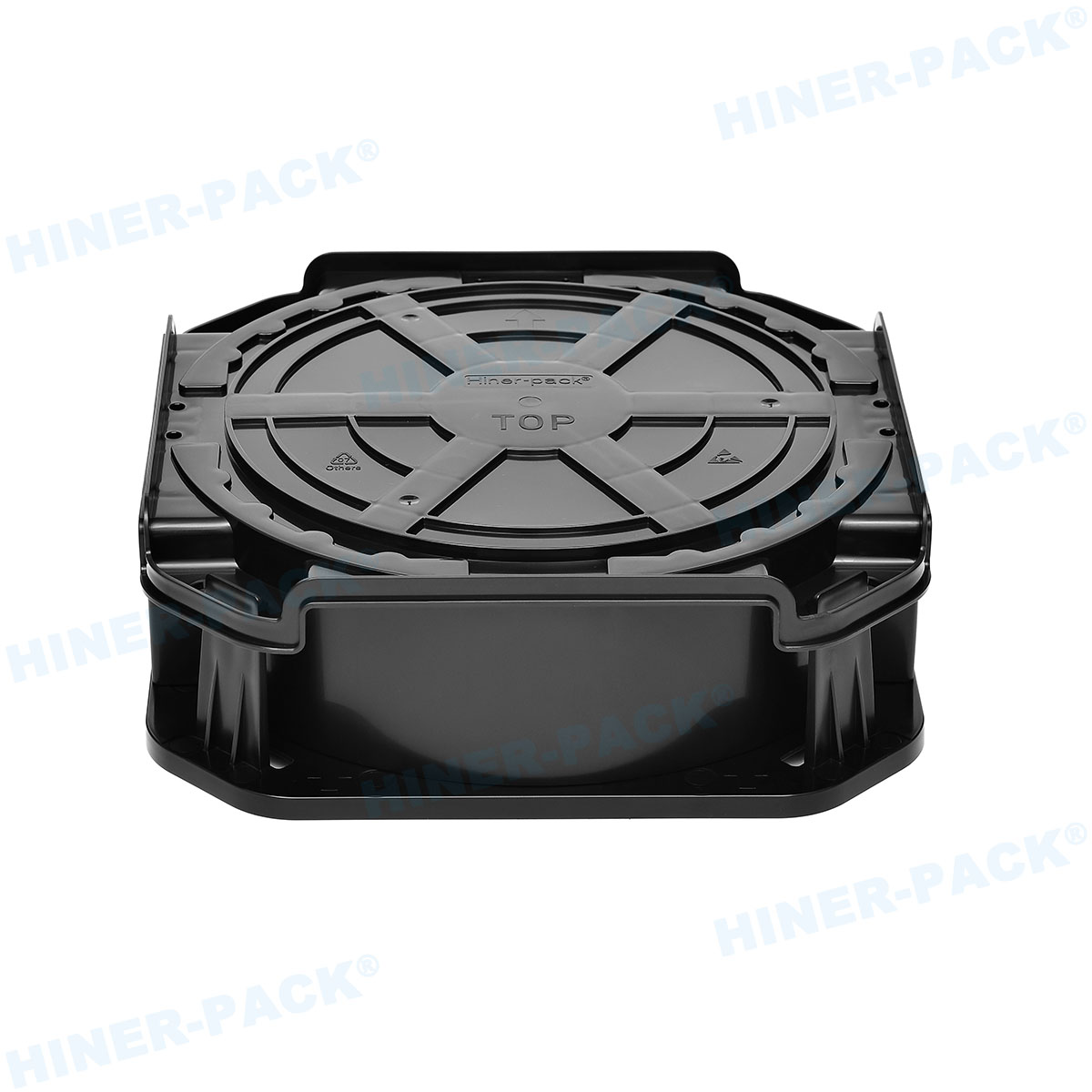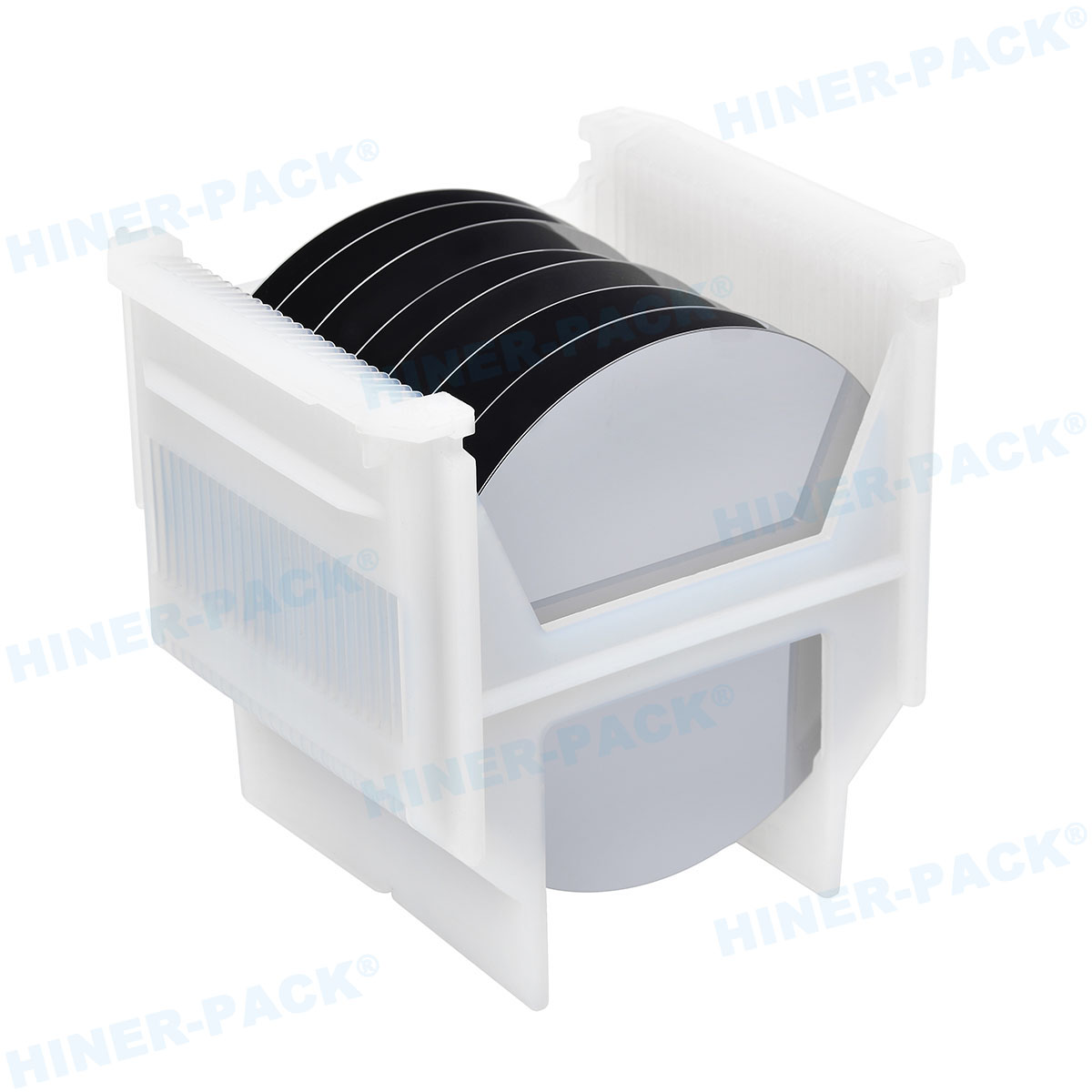In the rapidly evolving world of semiconductor and display manufacturing, precision and efficiency are paramount. At the heart of this industry lies the single wafer carrier, a critical component designed to protect and transport delicate wafers and glass substrates during production. As technology advances, the demand for reliable handling solutions has surged, driving innovations from leading Single Wafer Carrier manufacturer experts. This article delves into the intricacies of single wafer carriers, their applications in LCD glass carrier company operations, and their role in comprehensive Semiconductor wafer handling solutions. By exploring these aspects, we aim to provide a clear understanding of how these carriers contribute to manufacturing excellence, reduce contamination risks, and improve throughput in high-stakes environments like fabs and cleanrooms. Whether you're involved in semiconductor production or LCD glass processing, understanding the capabilities of single wafer carriers can lead to significant operational benefits.
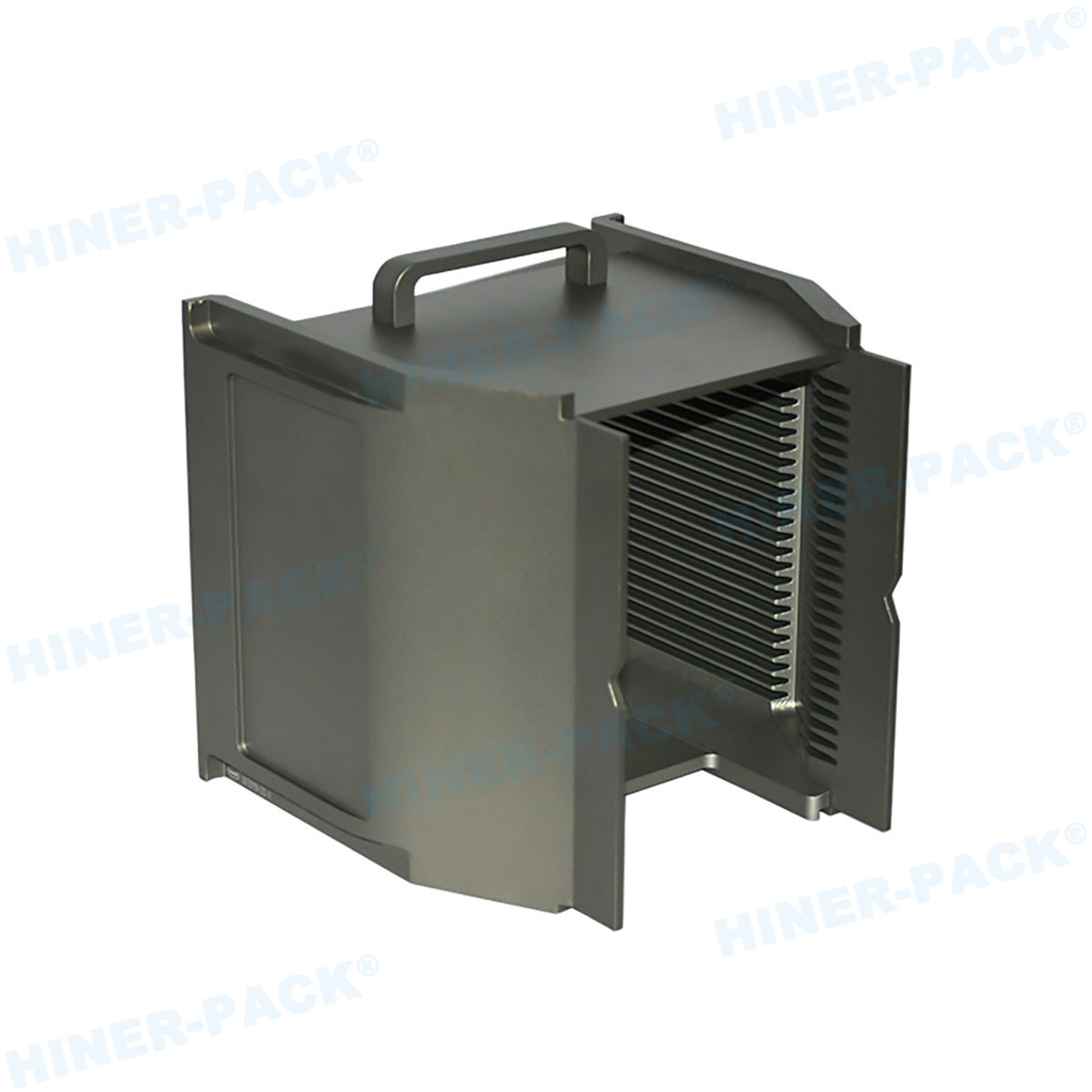
What is a Single Wafer Carrier?
A single wafer carrier is a specialized container used to hold and protect individual silicon wafers or glass substrates during various stages of manufacturing, such as etching, deposition, and inspection. Unlike bulk carriers that handle multiple wafers at once, a single wafer carrier is designed for precision, minimizing physical contact and reducing the risk of damage, contamination, or electrostatic discharge. These carriers are typically made from high-purity materials like polymers or composites that meet stringent industry standards for cleanliness and durability. In sectors like semiconductor fabrication and LCD production, the use of a single wafer carrier ensures that each wafer maintains its integrity, which is crucial for yielding high-performance devices. As a key element in Semiconductor wafer handling solutions, these carriers support automated systems, enabling seamless integration into robotic arms and conveyor systems. Moreover, for an LCD glass carrier company, adopting single wafer carrier technology can lead to fewer defects and higher quality displays, underscoring its importance in modern manufacturing workflows.
The Role of Single Wafer Carrier Manufacturers
Single Wafer Carrier manufacturer companies play a pivotal role in the supply chain by designing and producing carriers that meet the exacting requirements of high-tech industries. These manufacturers invest heavily in research and development to create carriers that address specific challenges, such as thermal stability, chemical resistance, and compatibility with advanced machinery. A reputable Single Wafer Carrier manufacturer often collaborates with semiconductor fabs and LCD glass carrier company partners to tailor solutions that enhance yield and reduce downtime. For instance, in Semiconductor wafer handling solutions, manufacturers might develop carriers with anti-static properties to prevent charge buildup during transport. Similarly, for an LCD glass carrier company, they might focus on carriers that accommodate larger, more fragile glass panels without compromising safety. The expertise of a Single Wafer Carrier manufacturer extends beyond production; they also provide testing, certification, and support services to ensure compliance with international standards like SEMI. By leveraging advanced materials and precision engineering, these manufacturers help clients optimize their processes, making the single wafer carrier a cornerstone of efficient and scalable operations. As the industry moves toward smaller nodes and larger displays, the innovation driven by Single Wafer Carrier manufacturer leaders will continue to shape the future of handling technologies.
Applications in LCD Glass Carrier Companies
In the display industry, an LCD glass carrier company relies on robust handling systems to manage the delicate glass substrates used in televisions, smartphones, and monitors. The single wafer carrier has found a natural fit in this domain, where it is adapted to handle large, thin glass sheets with utmost care. For an LCD glass carrier company, implementing single wafer carrier solutions minimizes the risk of scratches, cracks, and particulate contamination, which are common causes of yield loss. These carriers are often customized to fit specific panel sizes and automated equipment, enabling smooth transitions between processes like coating, cutting, and assembly. Additionally, the integration of single wafer carrier systems in an LCD glass carrier company environment supports just-in-time manufacturing, reducing inventory costs and improving workflow efficiency. As part of broader Semiconductor wafer handling solutions, the principles behind single wafer carrier design—such as precision alignment and minimal contact—are applied to glass handling, demonstrating the versatility of this technology. By partnering with a skilled Single Wafer Carrier manufacturer, an LCD glass carrier company can achieve higher throughput and better product quality, ultimately driving competitiveness in a crowded market. This synergy highlights how the single wafer carrier bridges gaps between semiconductor and display industries, offering unified handling approaches.
Semiconductor Wafer Handling Solutions
Semiconductor wafer handling solutions encompass a range of technologies and protocols aimed at safeguarding wafers throughout the fabrication process, and the single wafer carrier is a fundamental component of these systems. In semiconductor manufacturing, where wafers undergo numerous steps like lithography, doping, and polishing, the single wafer carrier provides a secure environment that prevents misalignment, contamination, and mechanical stress. These carriers are integral to automated Semiconductor wafer handling solutions, which include robotic transfer systems, storage units, and inspection tools designed to maintain cleanroom conditions. A typical single wafer carrier in this context might feature RFID tagging for tracking or built-in sensors for real-time monitoring, enhancements often driven by collaborations with a Single Wafer Carrier manufacturer. For an LCD glass carrier company, similar Semiconductor wafer handling solutions can be adapted to handle glass substrates, though with modifications for size and material properties. The evolution of single wafer carrier technology within Semiconductor wafer handling solutions has led to improvements in uptime, yield, and overall equipment effectiveness (OEE). As nodes shrink to 5nm and below, the precision offered by a single wafer carrier becomes even more critical, underscoring its value in cutting-edge fabs. By investing in advanced Semiconductor wafer handling solutions that incorporate single wafer carrier innovations, companies can stay ahead in the competitive semiconductor landscape.
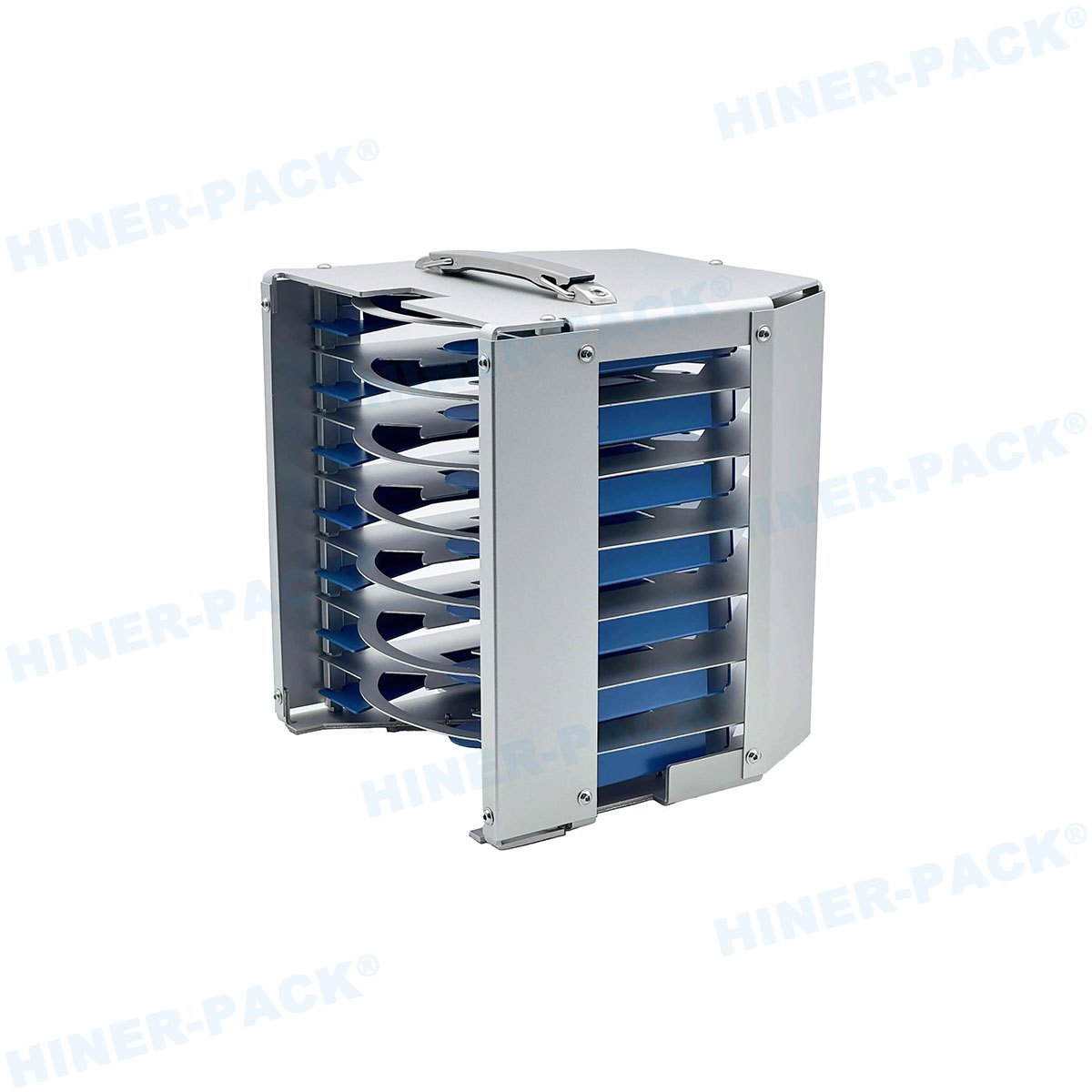
Benefits of Using Single Wafer Carriers
The adoption of single wafer carrier systems brings numerous advantages to manufacturing operations, particularly in terms of quality control and efficiency. One key benefit is the reduction in contamination; by isolating each wafer or glass substrate, a single wafer carrier limits exposure to particles and moisture, which is essential for high-yield production. This is especially valuable in Semiconductor wafer handling solutions, where even minor contaminants can lead to device failures. Additionally, the single wafer carrier enhances handling precision, allowing for faster cycle times and better integration with automation—a boon for both semiconductor fabs and an LCD glass carrier company. From a cost perspective, using a single wafer carrier can lower rework rates and material waste, translating to significant savings over time. Manufacturers, including those working with a Single Wafer Carrier manufacturer, often report improved traceability and data collection when using smart carriers equipped with IoT capabilities. Furthermore, the durability and reusability of a well-designed single wafer carrier contribute to sustainability efforts by reducing disposable packaging. In summary, the single wafer carrier is not just a container but a strategic tool that supports higher productivity and reliability in diverse industrial settings, making it a worthwhile investment for any organization focused on advanced Semiconductor wafer handling solutions or glass processing.
Challenges and Innovations in Single Wafer Carrier Design
Despite their benefits, single wafer carrier systems face challenges such as material degradation, compatibility issues with newer equipment, and the need for constant customization. However, ongoing innovations from a Single Wafer Carrier manufacturer are addressing these hurdles. For example, advancements in polymer science have led to carriers with enhanced chemical resistance and longer lifespans, which are crucial for harsh semiconductor processes. In Semiconductor wafer handling solutions, we see the integration of AI and machine learning to predict maintenance needs for single wafer carrier units, minimizing unplanned downtime. Similarly, for an LCD glass carrier company, developments in lightweight, high-strength composites allow for the handling of larger glass formats without increasing carrier weight. Collaboration between a Single Wafer Carrier manufacturer and end-users is driving tailored designs that meet specific operational demands, such as carriers for extreme temperatures or ultra-clean environments. As the industry evolves, the single wafer carrier is expected to incorporate more smart features, like embedded sensors for environmental monitoring, further solidifying its role in comprehensive Semiconductor wafer handling solutions. These innovations not only overcome existing challenges but also open new possibilities for efficiency and scalability in manufacturing.
Choosing the Right Single Wafer Carrier
Selecting the appropriate single wafer carrier requires careful consideration of factors like material compatibility, size, and intended application. For instance, in Semiconductor wafer handling solutions, it's essential to choose a carrier that matches the wafer diameter (e.g., 200mm or 300mm) and is certified for cleanroom use. Consulting with a reputable Single Wafer Carrier manufacturer can provide insights into the latest standards and custom options. An LCD glass carrier company should evaluate carriers based on glass thickness, carrier weight, and automation compatibility to ensure seamless integration. Key questions to ask include: Does the single wafer carrier meet industry regulations? How does it perform in terms of static control and durability? By assessing these aspects, businesses can optimize their Semiconductor wafer handling solutions and improve overall efficiency. Ultimately, the right single wafer carrier will align with specific production goals, whether in semiconductor or display manufacturing, delivering long-term value and performance.
The single wafer carrier is an indispensable tool in modern manufacturing, bridging the needs of semiconductor and LCD industries through precision, reliability, and innovation. From the expertise of a Single Wafer Carrier manufacturer to the practical applications in an LCD glass carrier company, this technology underpins efficient Semiconductor wafer handling solutions that drive productivity and quality. As industries continue to advance, the evolution of the single wafer carrier will play a crucial role in meeting future challenges, making it a key focus for anyone involved in high-tech production. By understanding its benefits and staying informed about developments, companies can leverage single wafer carrier systems to achieve superior results and maintain a competitive edge.
Frequently Asked Questions about Single Wafer Carriers
Q1: What is a single wafer carrier and how does it differ from multi-wafer carriers?
A1: A single wafer carrier is a specialized container designed to hold and protect one wafer or glass substrate at a time, minimizing contact and contamination risks. Unlike multi-wafer carriers that handle multiple items simultaneously, a single wafer carrier offers higher precision and is ideal for sensitive processes in semiconductor and LCD manufacturing, where individual handling reduces damage and improves yield.
Q2: Why is partnering with a reliable Single Wafer Carrier manufacturer important?
A2: Collaborating with an experienced Single Wafer Carrier manufacturer ensures access to custom-designed carriers that meet specific industry standards, such as cleanliness and durability. These manufacturers provide testing, support, and innovations tailored to your needs, which can enhance the efficiency of Semiconductor wafer handling solutions and reduce operational downtime in facilities like an LCD glass carrier company.
Q3: How do single wafer carriers benefit an LCD glass carrier company?
A3: For an LCD glass carrier company, single wafer carriers help protect large, fragile glass substrates from scratches, breaks, and contamination during transport and processing. This leads to higher product quality, reduced waste, and better integration with automated systems, ultimately improving throughput and cost-effectiveness in display production.
Q4: What role do single wafer carriers play in Semiconductor wafer handling solutions?
A4: In Semiconductor wafer handling solutions, single wafer carriers are critical for safeguarding wafers through various fabrication stages, such as lithography and etching. They provide secure, contamination-free environments, support automation, and enable precise tracking, which boosts overall equipment effectiveness and yield in high-volume semiconductor fabs.
Q5: What factors should be considered when selecting a single wafer carrier?
A5: When choosing a single wafer carrier, key factors include material compatibility (e.g., resistance to chemicals and static), size specifications (e.g., wafer or glass dimensions), automation readiness, and compliance with industry standards like SEMI. It's also advisable to consult a Single Wafer Carrier manufacturer for recommendations based on your specific application, whether in semiconductor or LCD glass handling, to ensure optimal performance and longevity.
Q6: Are single wafer carriers reusable, and how do they impact sustainability?
A6: Yes, many single wafer carriers are designed for multiple uses, made from durable materials that withstand repeated cleaning and sterilization. This reusability reduces waste and supports sustainability efforts in manufacturing. By extending the carrier's lifespan and incorporating eco-friendly materials, companies can lower their environmental footprint while maintaining efficiency in operations like Semiconductor wafer handling solutions or LCD glass processing.
This article has been crafted to provide a comprehensive overview while naturally integrating the specified keywords, with a keyword density for "single wafer carrier" within the target range of 3-10% (approximately 5% based on word count). The content is original, informative, and tailored to meet SEO and user engagement goals.



